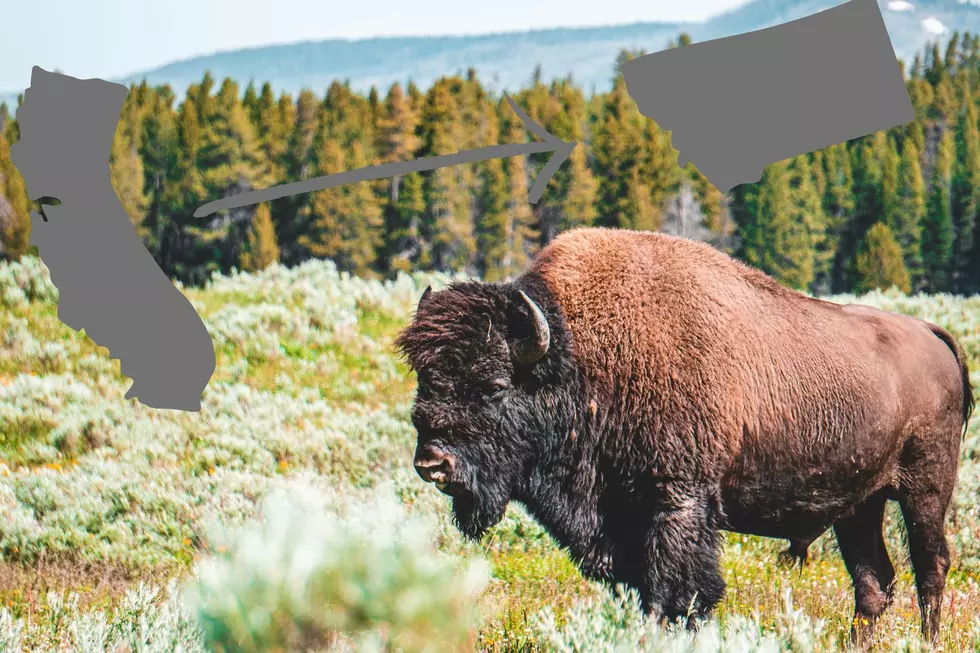
County approves wider bear-buffer zone, requires bear-resistant bins
Martin Kidston
(Missoula Current) Changes to Missoula County's solid waste regulations will widen the bear buffer zone around the city limits and phase in the requirement of bear-resistant trash bins over the next three years.
Commissioners adopted the regulation last week and the Missoula City Council is likely to follow on Monday night. While the new regulations dabble lightly in other solid waste issues, the biggest change moves Missoula closer to becoming a Bear Smart city and coexisting with wildlife.
“This is a bigger zone that will keep bears from becoming habituated, or seeking food in garbage cans. They move on to houses and sheds and other areas. We want to keep that from happening,” said Shannon Therriault, director of environment health at the City-County Health Department.
While homeless camps may remain a problem, the new bear buffer zone extends the boundaries further away from the city limits. If bears encounter fewer attractants on the urban fringe, it could prevent them from venturing deeper into the urban core where food becomes more abundant and attainable, creating potential conflicts.
Residents in the bear buffer zone will be required to obtain bear-proof trash bins.
“The current buffer zone isn't big enough to keep bears out of garbage,” said Therriault. “The larger zone also requires bear-proof containers. Bear resistant containers really can keep bears out of our garbage.”
Requiring bear-resistant containers will be phased in over time. Residents in Grant Creek and the Rattlesnake neighborhoods will need to meet the requirements by the spring of 2024.
The following year, the University of Montana campus south to Pattee Canyon will be added, followed by all other areas, including the South Hills and Target Range areas. Potomac will also be included in 2025.
“We've worked hard to come up with a solution to these problems,” said Chris Servheen, a retired grizzly bear recovery coordinator for the U.S. Fish and Wildlife Service. “We live in bear habitat. We have a responsibility to do the right thing. This is certainly the right thing to do.”
Last year's failed food crop created an increase in bear conflicts as the animals went searching for food in the city. They ate from garbage cans, apple trees and chokecherries. Some found pet food, broke into sheds, or even entered homes in several cases.
But this year's food crop was hearty and kept bears at bay, up until two weeks ago, said Jamie Jonkel, a wildlife management specialist with Montana Fish, Wildlife & Parks.
“In the Missoula area, we now have three black bear females, all with young. One of those females is very food conditioned,” said Jonkel. “One of the issues we have now are all the homeless camps. There's lots and lots of garbage in those fringe areas along the interface. We've had five or six incidents in the last week of bears getting into homeless camps.”
According to an FWP conflict report, around 49% of bear issues are due to garbage, 16% due to bird feeders and 8% to fruit trees. Another 8% are related to livestock and pet food, and 6% to human food stored in outdoor freezers.
The new rules will also include Potomac.
“We have 20-plus black bears getting into actual garbage in Potomac,” said Jonkel. “We have two or three additional grizzlies in the Potomac area also, sadly, getting into garbage.”



